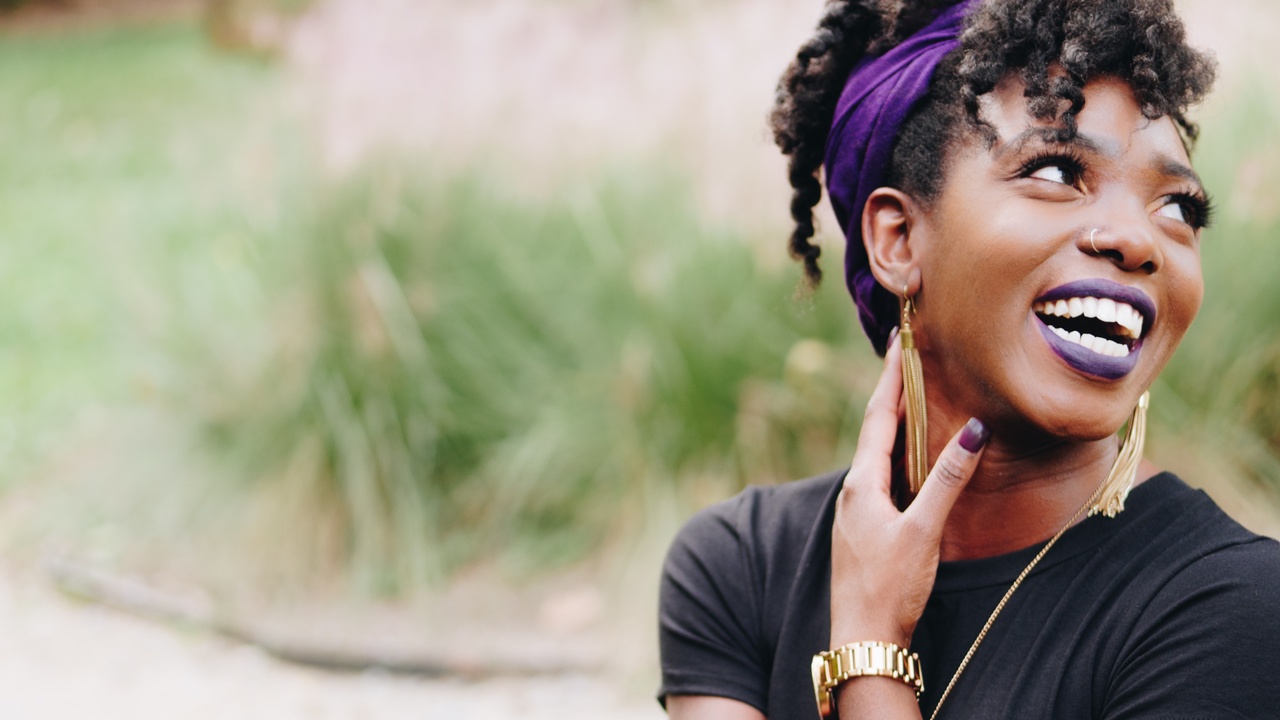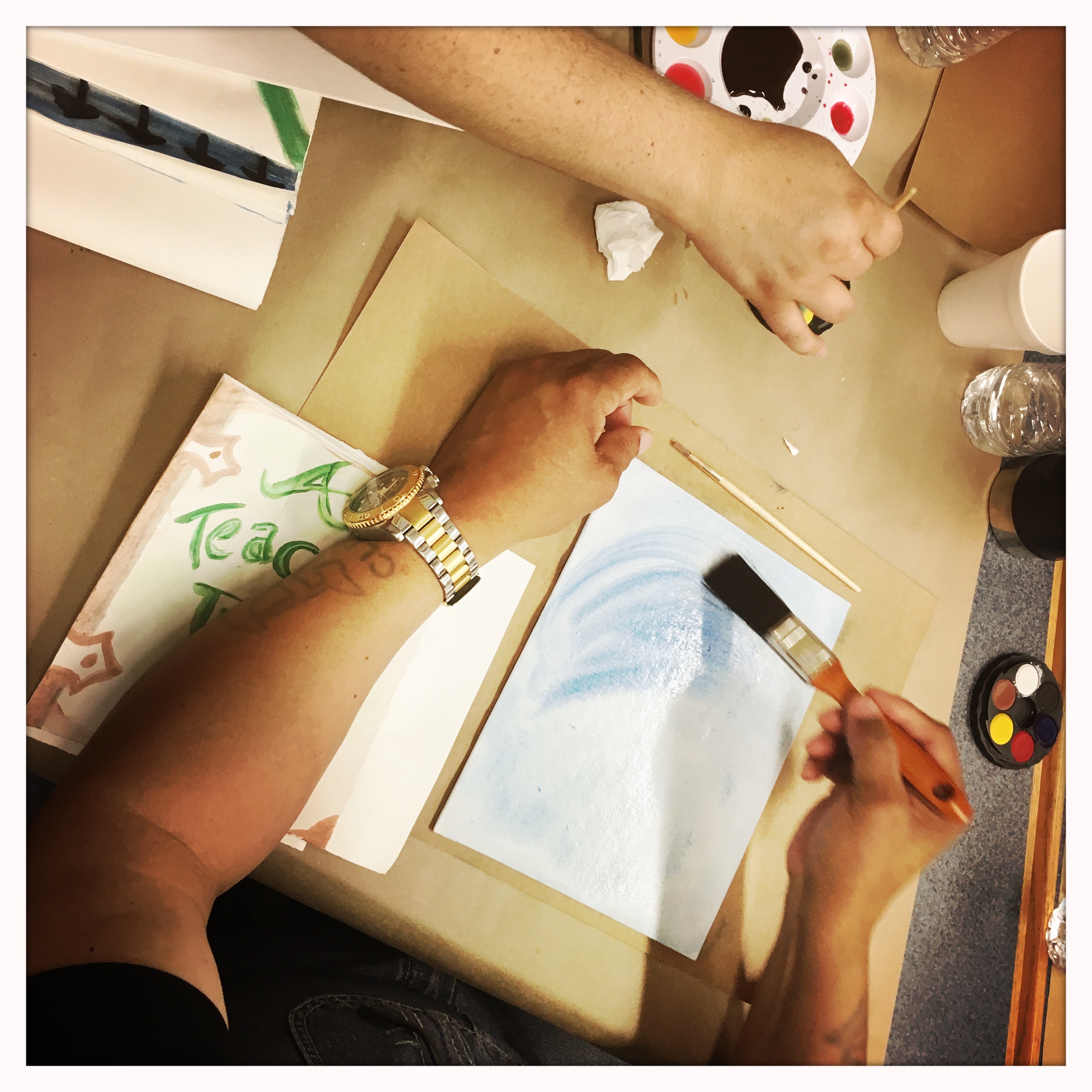Ten Innovative Ideas to Improve your Culturally Responsive Teaching
Dec 09, 2021
Culturally Responsive Teaching and Learning Through the Arts can be defined as the knowledge, methods, forms, and purposes that the arts and culture play in building cognitive capacity for independent learning and collective wisdom. Teachers and educators can support the development of culturally responsive teaching and learning by prioritizing the role of the arts in building cognitive capacity.
- Never underestimate the influence of an artist: When I work with teachers, I invite them to find a contemporary artist that they gravitate towards. It could be Bad Bunny, Ai Wei Wei, Kara Walker, Misty Copeland; the list is endless! When you find that visual or performing artist, think about why you are drawn to their art. What issues do they address with their art? How are they helping you to think about these issues? The artist is doing exactly what you can do for your culturally responsive teaching. Drive instruction through a creative inquiry process, include artistic research as the learning process, and support students to show their meaning-making and new learning through the visual and performing arts.
- Conocimiento: Conocimiento is a concept that Gloria Anzaldua maps out as a way to increase consciousness of the lived experience through all the senses, not depending solely on the intellect of the mind. She wants us to grow our ability to perceive and gain wisdom through relationships with art forms, nature, rituals, etc. One way to practice Conocimiento in the classroom context is to set aside 5 mins at the start of class for breath work, movement, listening to music, and talking to one another. Try asking a question to students about a time they learned something outside of school. Play music in the background. Have students share out to hear the range of what learning looks like outside of the classroom setting.
- Activate Mirroring Neurons: Develop a daily practice of activating mirroring neurons by having students pair up. Person A begins by making facial expressions and movements that their partner will mirror. Switch after a minute.
- More Music: When I was a first-year teacher, I noticed that my five-year-old kindergartners struggled with sight word retention yet could sing the latest hip hop song on the charts. I started singing the sight words to the latest hits, spelling them out in repetition to the pattern of the music. In no time, my students had memorized their sight words.
- Make it: Instead of reading about the life cycle of a fish, make fish print tee shirts and have students label them. Grab a pack of whole fish from the store, some tempera paint or even better printing ink, and have students make fish prints. One year my students were so into their prints they made a roomful of extras on writing paper. Years later, I walked into an exhibition at the Venice Biennale where an artist had done fish prints the same way my students had, covering the exhibit's walls with blue and white prints. It was beautiful. Never underestimate what the arts can do.
- Use a Thinking Protocol: Thinking protocols are your best friend for culturally responsive teaching. They direct the mind to look further, connect more ideas together, ask more sophisticated questions, and illuminate meaning. You can dig through the many protocols found at New School Reform Faculty or use one by Agency by Design, or use one that I created called the Love Protocol.
- Use Thinking Walls Organically: Also named wonder walls, or inquiry walls, or graffiti walls, if used with the following format, they can increase thinking and connections: Post essential questions, creative inquiries, or understanding goals somewhere on your wall. Each day that a concept is introduced, students can do a quick write or use a thinking protocol like Color, Symbol, Image to reflect on the learning. Post these up on the wall. My favorite go-to is index cards and sharpies! The next day, before entering class or settling, have students reflect on the learning wall to support the brain to RECALL the previous lesson and connections. Keep developing as the unit or learning happens over time. You can post student work alongside a steady stream of student reflections. Another quick and easy go-to is "I used to think, now I think."
- Alter/Altar Space: All cultures alter space. It's what we do. Some of us need to alter our spaces more than others, but it is foundational to making sense of our environment. Support students to alter their learning space (the classroom as a whole) by inviting them to co-create the space with you. Consider how you might altar with an "ar" the learning space to deepen the practice. Invite students to create a space that recognizes the things they love: a picture of their dog, a favorite book, a leaf, a rock, etc. Altering/Altaring space allows the mind to feel attached to the space (in co-creation, there is ownership and hence attachment) and to feel an ethic of care and love, which is important priming for the brain before learning.
- Activate the Studio Habits of Mind: Otherwise known as SHOM, the studio habits of mind are habits that artists use to do their work. These habits are qualities of the mind that can be developed. They are EXCELLENT at improving critical thinking. In no particular order, they are: Observe, Express, Stretch and Explore, Engage and Persist, Understand the Art World, Reflect, Develop Craft, Envision, and we've added Risk and Disrupt.
- Create thinking space: If our norm, comfort zone, and teaching style are to have a quick-paced classroom, we can consider making space for more reflection time. Socially speaking, we are inundated with a world that wants our attention at all times. Our brains need quiet "down time" to settle and build neurons. When we allow for "grace space,"...those long awkward pauses where no one interjects...this thinking time can be powerful for students, even though it may feel awkward as instructors.

-Mariah Rankine-Landers

